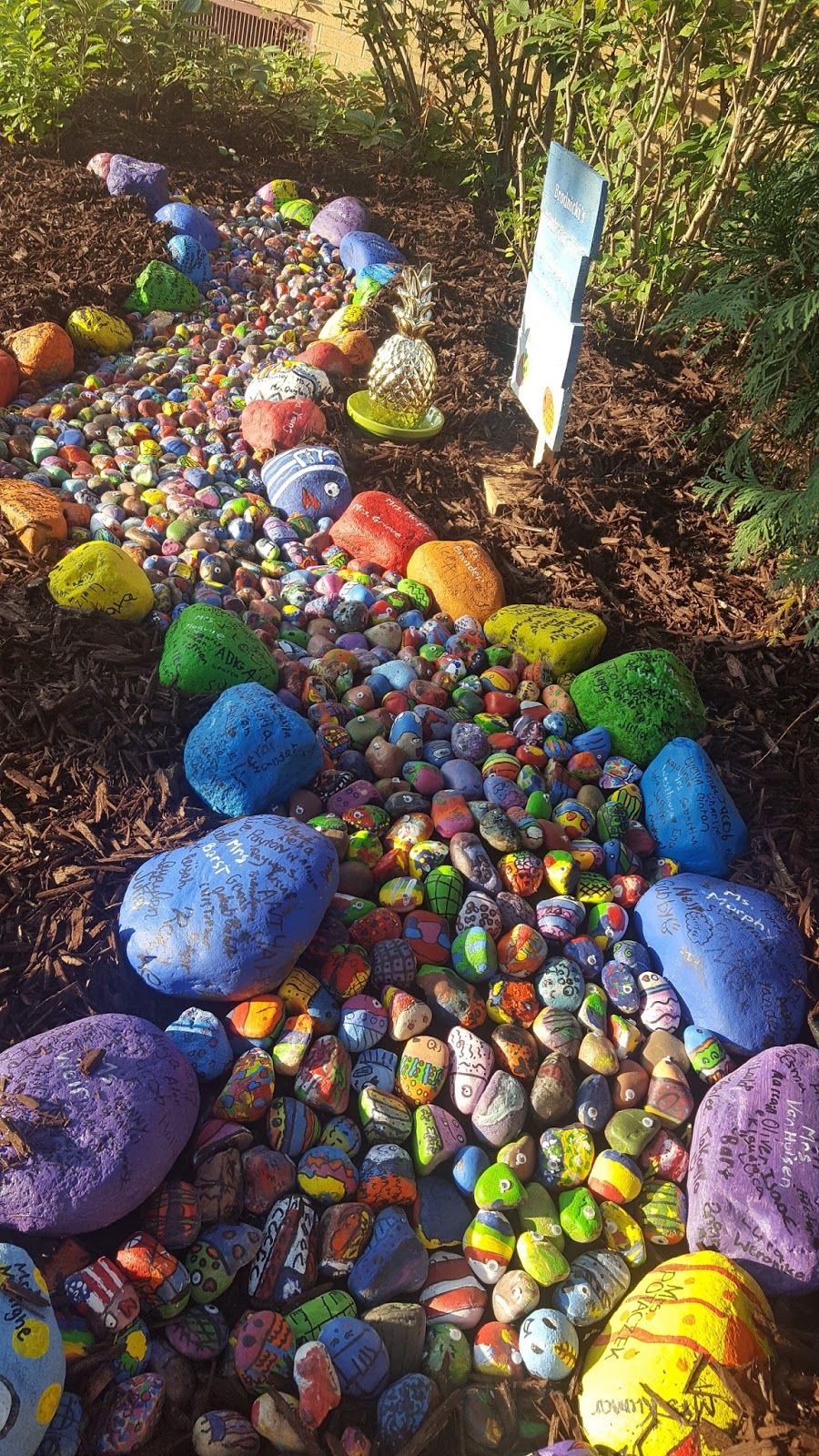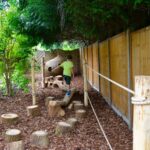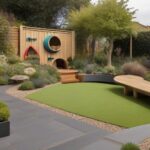Gardening is a wonderful way to get kids outdoors and engaged with nature. Designing a garden specifically for children can make the experience even more enjoyable and educational. There are several key considerations to keep in mind when planning a garden for kids.
First and foremost, it’s important to involve the children in the design process. Ask them what plants they would like to grow or what features they would like to see in the garden. This will help them feel a sense of ownership over the space and make them more likely to be invested in its care.
When selecting plants for a child-friendly garden, choose varieties that are easy to grow and maintain. Consider fast-growing vegetables like cherry tomatoes and carrots, as well as sturdy, resilient flowers like zinnias and sunflowers. Be sure to include a mix of plants that bloom at different times throughout the year to keep the garden visually interesting.
Incorporating sensory elements into the garden can enhance the experience for children. Plant fragrant herbs like mint and lavender, as well as tactile plants like lamb’s ear and thyme. Create spaces in the garden where kids can touch, smell, and interact with the plants to stimulate their senses and foster a deeper connection to nature.
Another important aspect of garden design for kids is incorporating spaces for play and exploration. Consider adding a small sandbox for digging, a climbing structure for physical activity, or a fairy garden for imaginative play. These features will encourage children to spend more time in the garden and engage with the natural world in a meaningful way.
Make sure to design the garden with safety in mind. Avoid plants that are toxic or prickly, and consider installing fencing or barriers to keep children out of areas that may be hazardous. Provide plenty of comfortable seating and shady spots for kids to rest and relax while they explore the garden.
Finally, don’t forget to include opportunities for learning in the garden design. Consider adding a small vegetable patch where children can learn about planting, growing, and harvesting their own food. Incorporate educational tools like plant identification guides, nature journals, and magnifying glasses to encourage kids to observe and learn about the plants and animals in their garden. By creating a garden that is both fun and educational, you can instill a lifelong love of gardening and nature in children.













